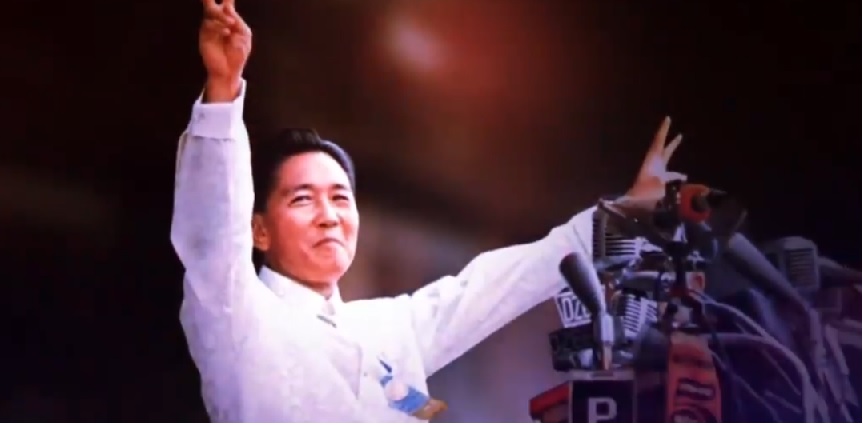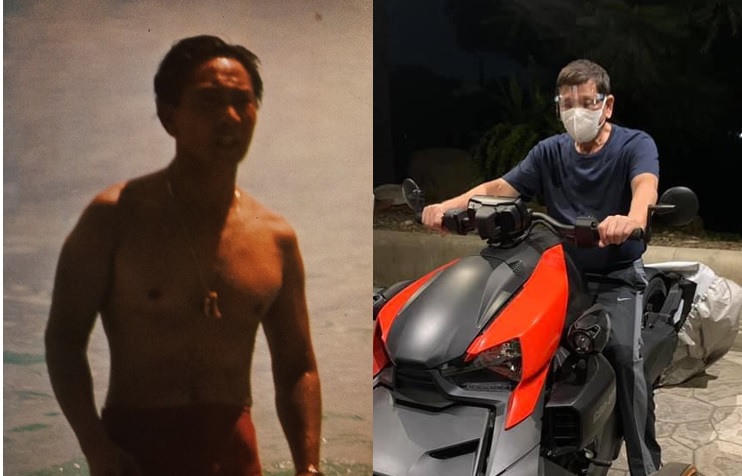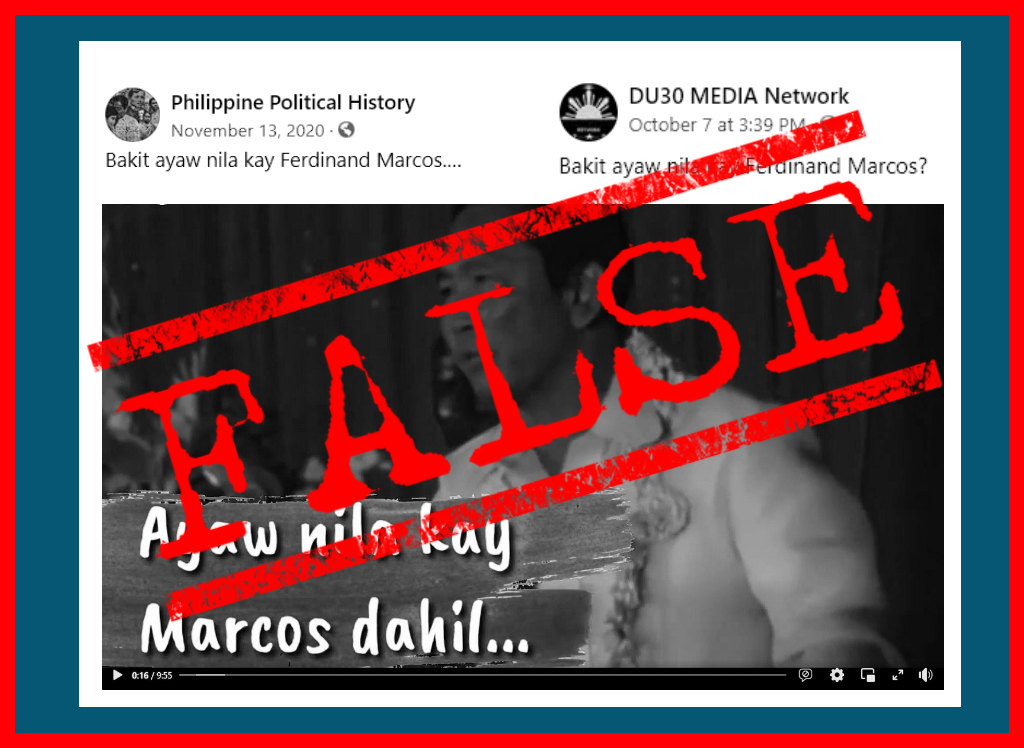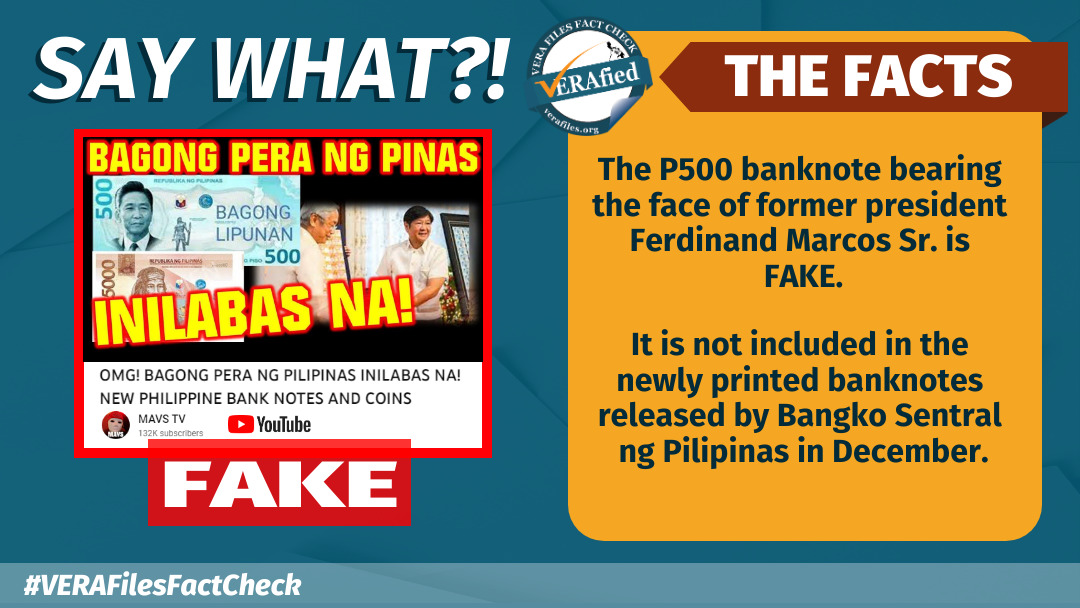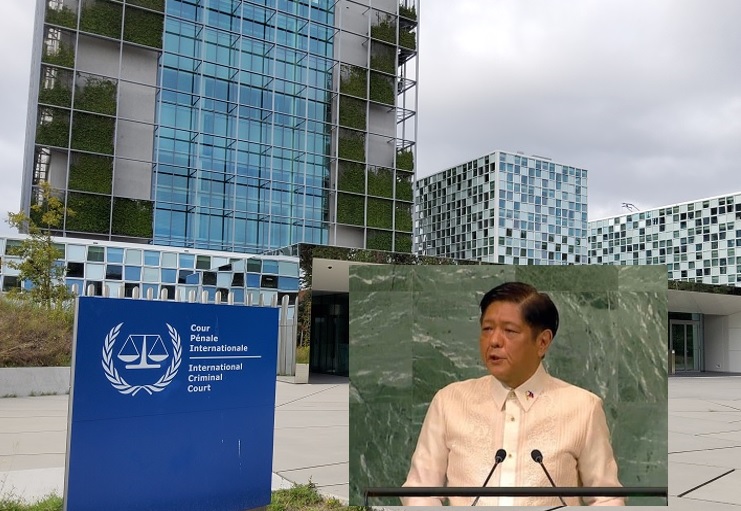A Facebook (FB) post falsely claimed that the Philippines was the richest country in Asia during the term of dictator and former president Ferdinand Marcos.
The photo collage in a May 14 FB post compared the appearance of Korea, Singapore, and the Philippines in the 1960s. It carried the caption: “Nakamit ng pilipinas ang Asia’s Richest Country During Marcos Era | Sumunod lang ang Japan Sa Atin (The Philippines was called Asia’s richest country during Marcos era| Japan trailed next to us).”
Not true. The Philippines was neither the richest country in Asia nor “richer” than Japan, Singapore and South Korea during Marcos’ rule from 1965-1986, based on gross domestic product (GDP) per capita.
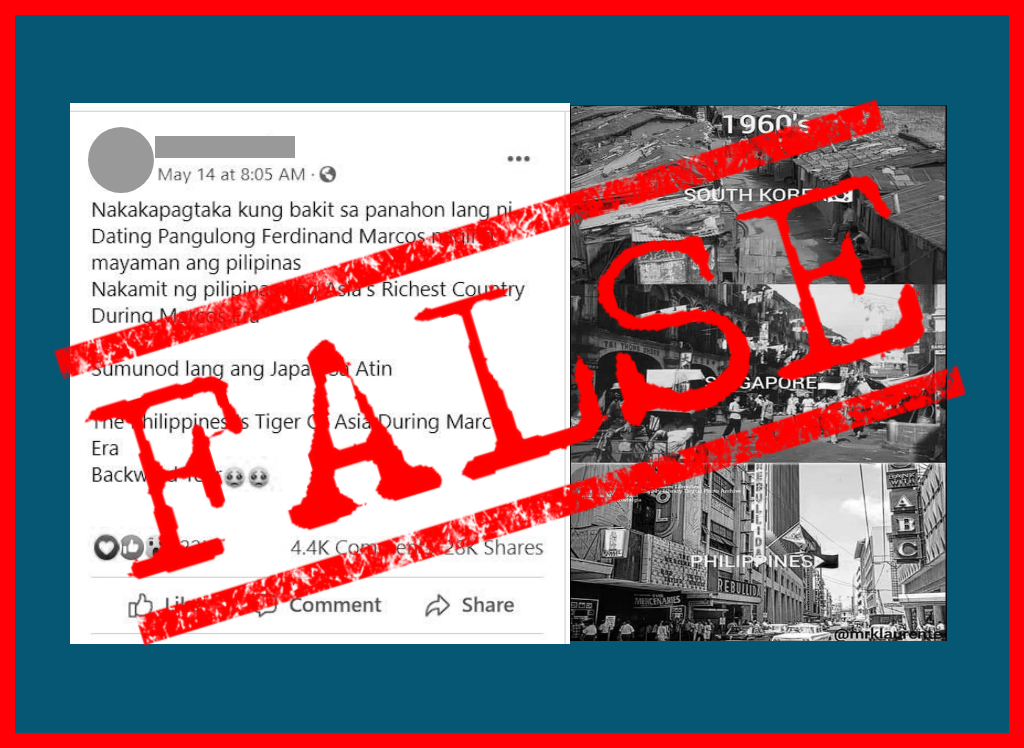
GDP per capita measures a country’s product output divided by the number of its inhabitants. Although it does not measure the equal distribution of a country’s economic wealth to its citizens, economists have used the value to compare economies of different countries.
Data from the World Bank shows that in terms of GDP per capita, the country was ranked 6th in Asia in 1965. It dropped to 16th place by 1986, with GDP per capita of US$575. The United Arab Emirates topped the list with GDP per capita of US$22,569.50.
It’s also not true that Japan trailed behind the Philippines in terms of economic growth. From 1968 to 1987, Japan had GDP per capita (constant 2010 US$) of US$23,386.50, compared to Philippines’ US$1,490.44, according to World Bank data.
Although South Korea had a GDP per capita close to the Philippines’ in 1968, it had grown 4.5 times bigger by 1987. Singapore had a GDP per capita 4.2 times bigger than the Philippines’ in 1968, and its income soared 3.14 times by 1987.
JC Punongbayan, a University of the Philippines economist, explained that the Philippines was called the “sick man” of Asia during Marcos’ rule because its income remained stagnant while the economies of neighboring countries soared. The country’s external debts ballooned and underemployment spiked, he added.
Marcos’ 21-year-reign also caused a borrowing spree in the mid-1970s to 1980s that eventually led the Philippine economy to its worst recession in history, according to a 2017 data-based explainer by ABS-CBN.
The images in the erroneous post, meanwhile, need context. The top image shows the village of Pangol, South Korea in the 1960s. It was captured by American soldier Bruce Richards during his deployment in the Korean War.
The middle image showcases Sago Street, Chinatown, Singapore in the 1950s. At the time. Singapore was a British colony.
The bottom image depicts the Capitol Theater at Escolta Street, Manila in the 1960s. The version used in the photo collage was posted on FB page Pilipinas Retrostalgia in January 2020.
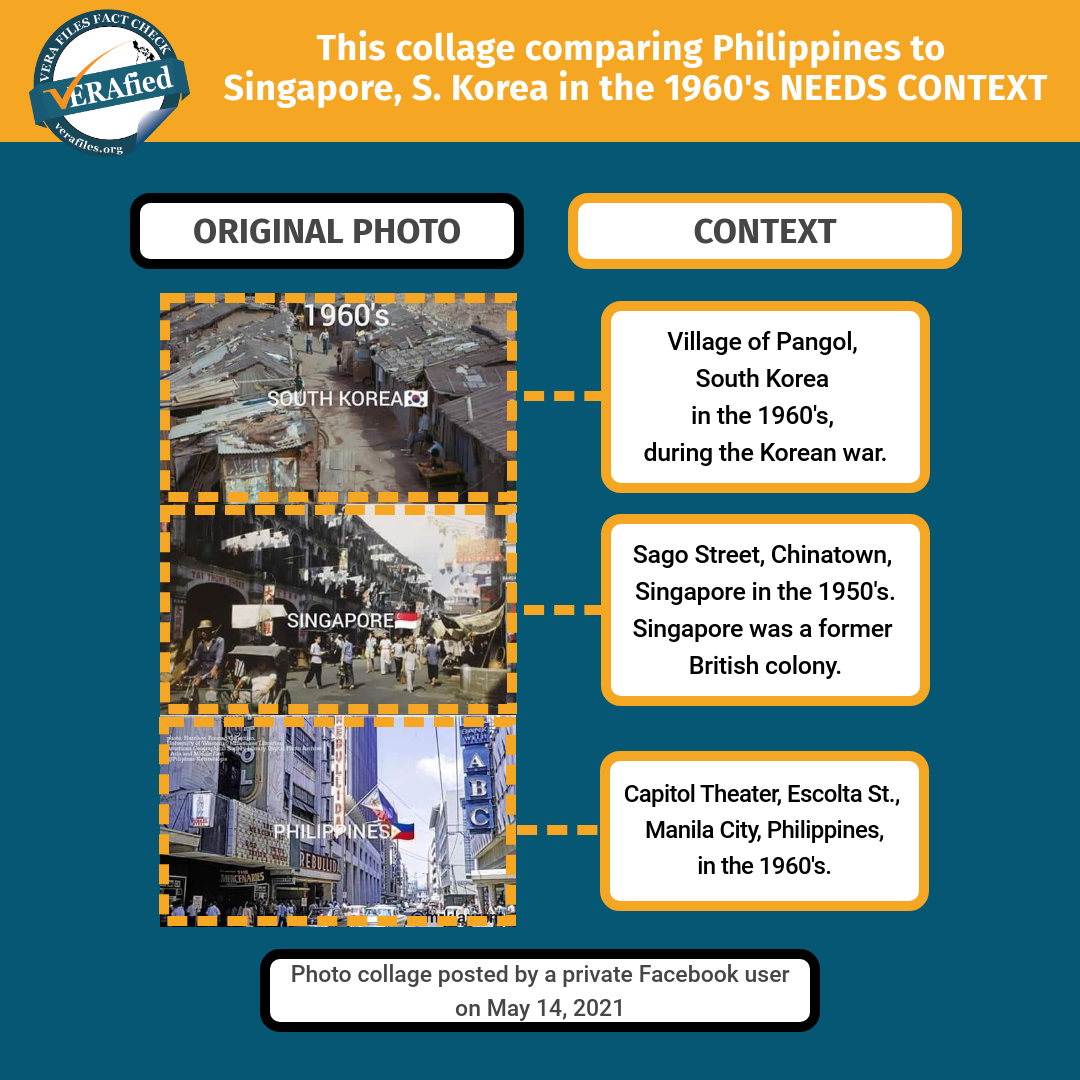
The erroneous post got 22,000 reactions, 4,400 comments, and 28,000 shares on FB, and it’s still being shared by private netizens to date.
(Editor’s Note: VERA Files has partnered with Facebook to fight the spread of disinformation. Find out more about this partnership and our methodology.)

